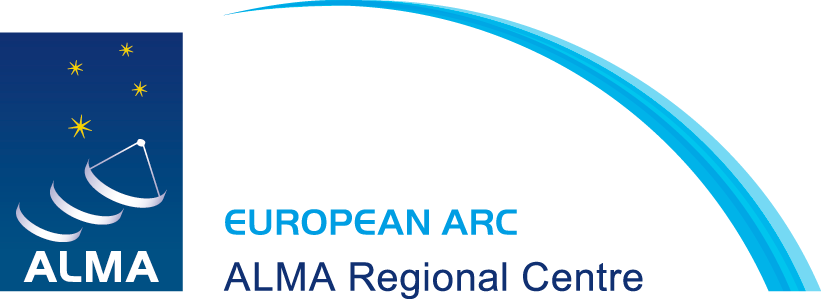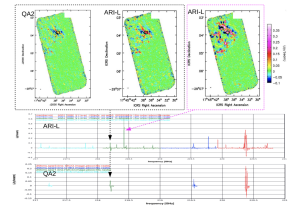The Additional Representative Images for Legacy (ARI-L) ALMA development project has already delivered to the ALMA Science Archive (ASA) 132100 complete images. These are continuum images and cubes at native resolution for all targets and calibrators of more than 2300 Cycle 2, 3 and 4 datasets. This correspond to more than 70% of the datasets of those cycles processable with the ALMA imaging pipeline. The ARI-L image products can be retrieved from the ASA as "Externally delivered products" on the Request Handler download page directly listed below the ALMA data.
The ARI-L project has reached its main goal
The ARI-L project is a European ALMA Development project, which officially started in June 2019, and aims to increase the legacy value of the ALMA Science Archive (ASA) by bringing the reduction level of ALMA data from Cycles 2-4 close to that of the data from more recent Cycles, which have been processed with the ALMA calibration and imaging pipeline.
With the current achievement ARI-L reached its main goal well ahead of the schedule. These cubes and images complement the less comprehensive
archived QA2-generated image products, which mostly cover a small fraction of all targets and spectral windows observed in those Cycles. ARI-L imaging products are highly relevant for many science cases, and significantly enhance the possibilities to use archival data; many of them have already been included in publications.
The project is officially expected to finish in June 2022 but, on the consideration of its success, it has been recently accorded a six-months no-cost extension to increase the fraction of delivered datasets to even higher rates.
The ARI-L image products can be retrieved from the ALMA Science Archive as "Externally delivered products" on the Request Handler download page directly listed below the ALMA data. Furthermore, all the corresponding calibrated measurement sets are stored on the INAF-IA2 facilities and can be requested through the ARI-L project website.
Further details on the ARI-L project, as well as examples, are on https://almascience.org/alma-data/aril.


